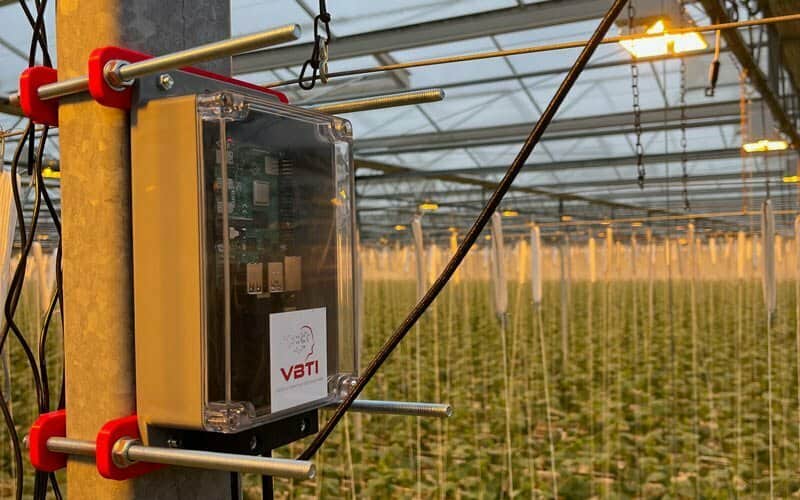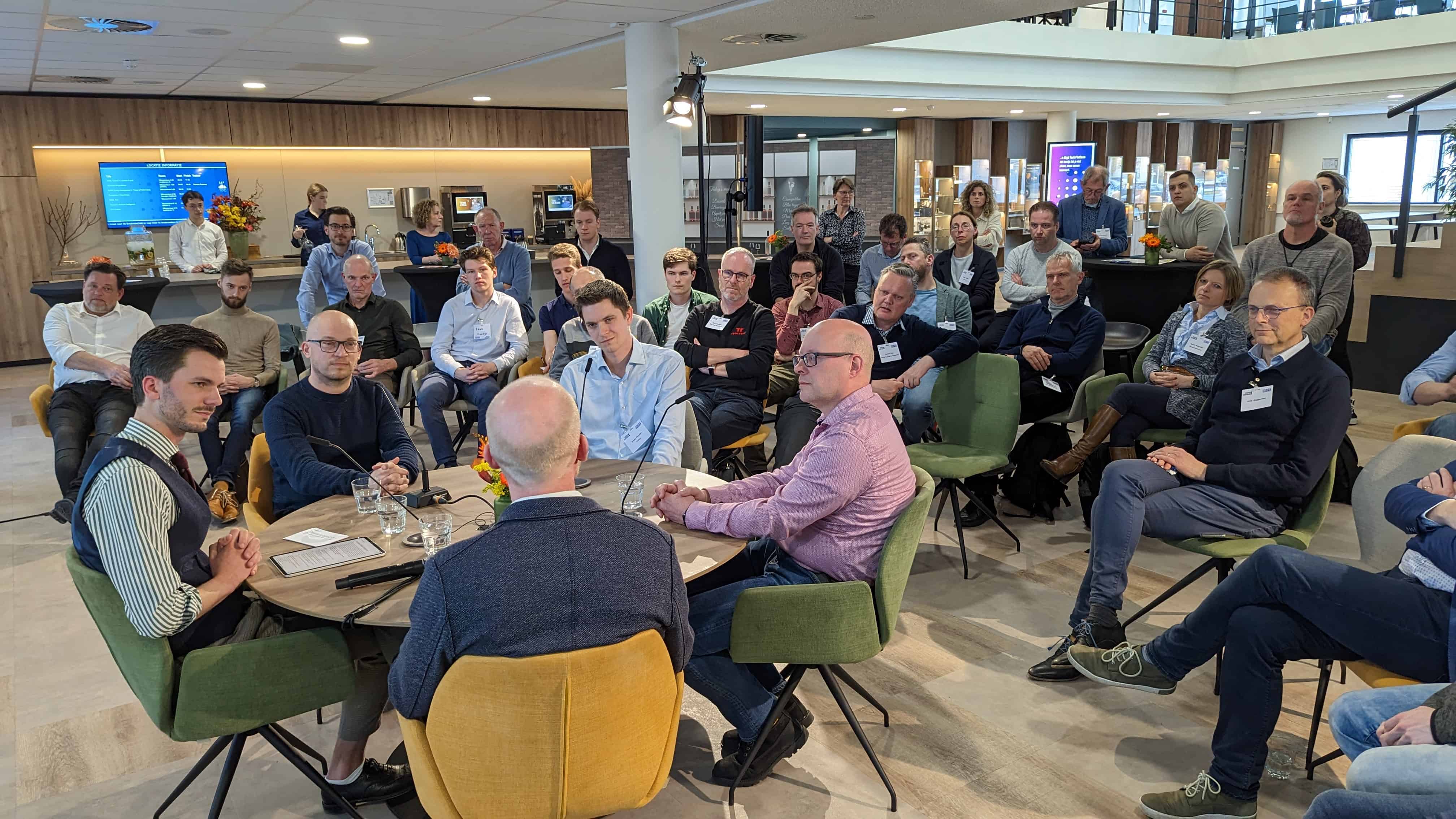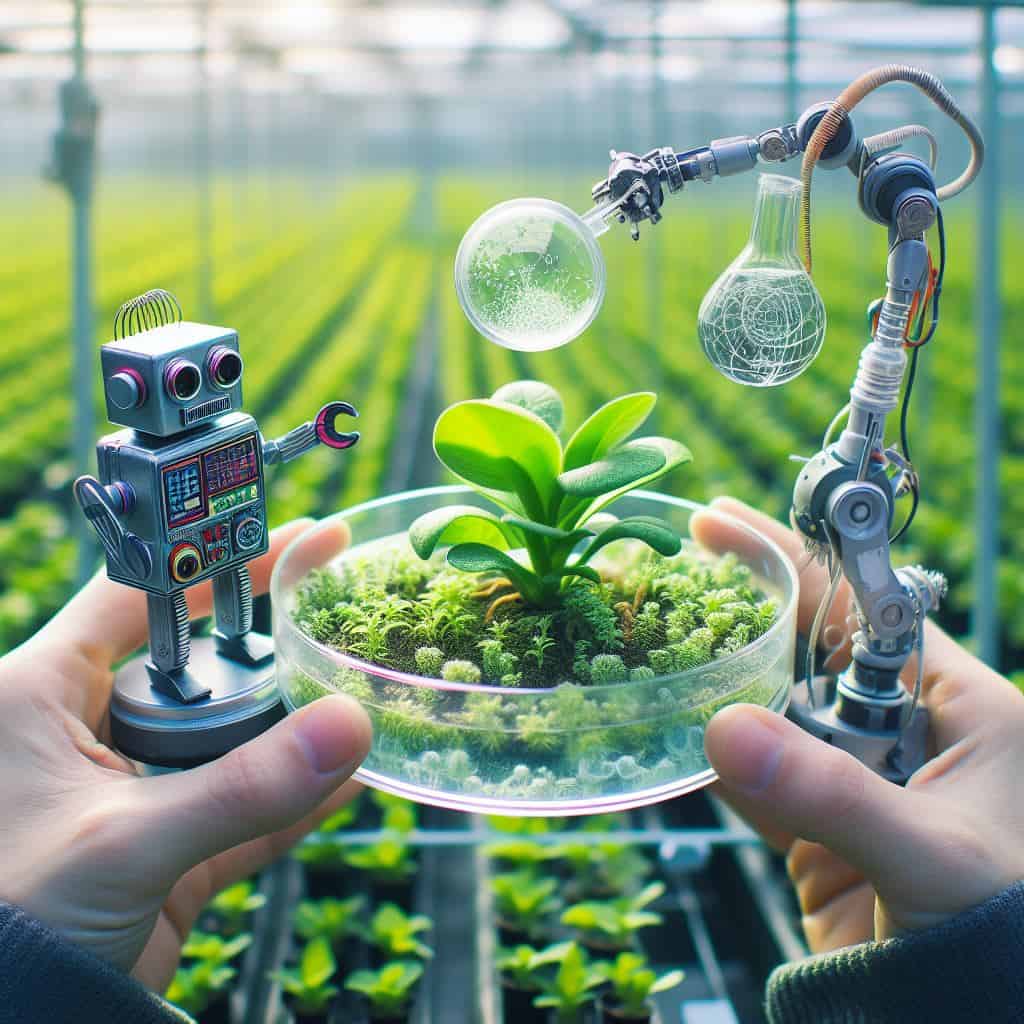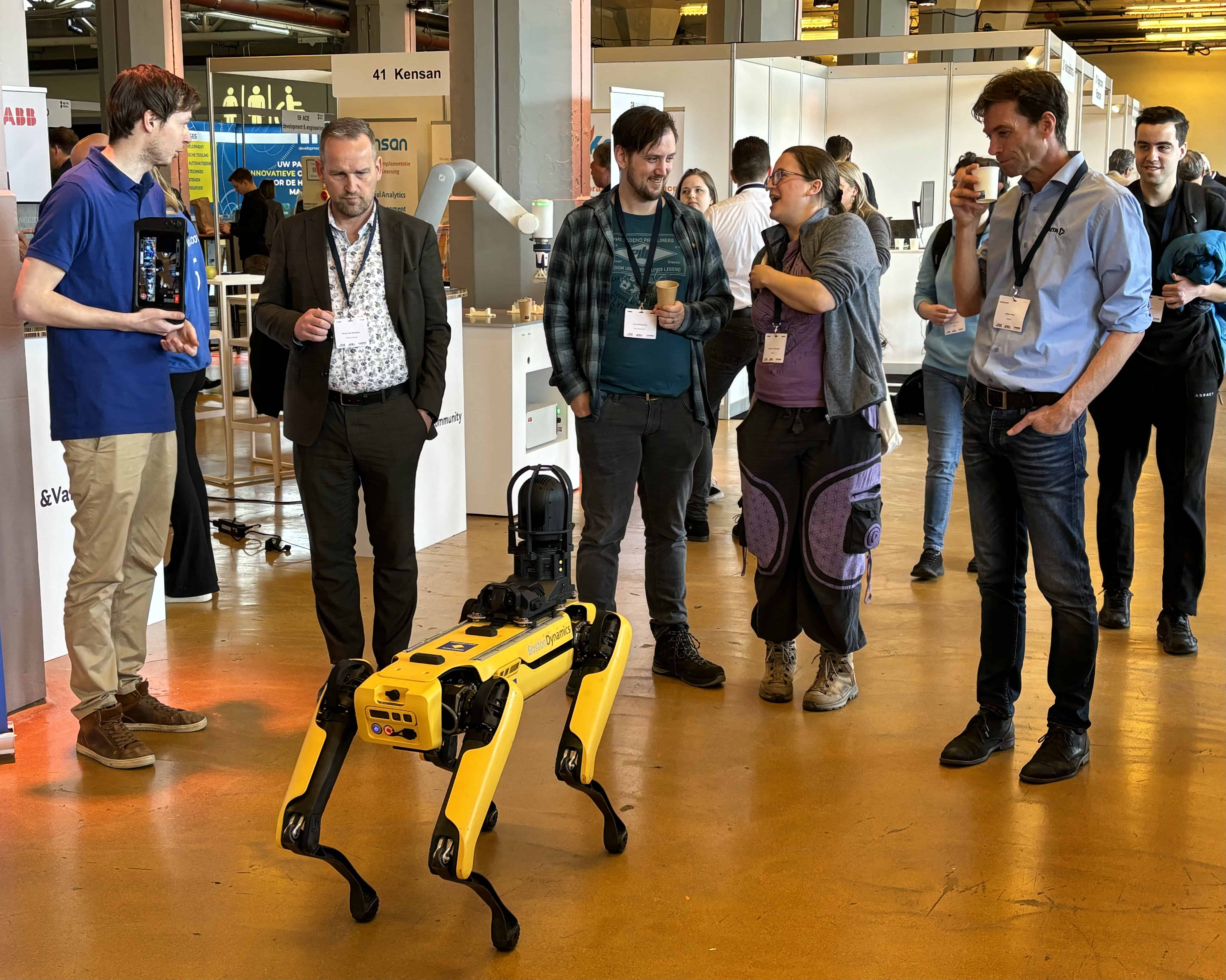
About VBTI
- Founders: Albert van Breemen (49)
- Founded in: 2019
- Employees: 18
- Money raised: -
- Ultimate goal: To develop the AutoDL platform to automate tasks of the AI Engineer
The agricultural sector is struggling as fewer and fewer people want to work in this sector, which means that agriculture and horticulture have to consider automation. An increasing number of robots in the agricultural sector are equipped with VBTI’s technology. With close to twenty years of experience under his belt, founder Albert van Breemen also helps companies in the manufacturing sector. Albert tells us more about it in this instalment of Start-up of the day.
How did you come up with the idea of VBTI?
“I have been working on artificial intelligence (AI) since the early 1990s and control engineering. Once I started my studies, I soon came across what is now called Deep Learning. During my time as a business developer at ASML, there was all this hype surrounding artificial intelligence. I heard from a lot of people that we had missed the boat. Everything to do with AI was already being done in America and China. We were supposedly lagging behind with that technology. However, in my mind, we had not missed the boat at all; there’s just another one on the way.
At some point I received a question from a customer. That customer wanted to scale up their production, but every product had to be checked by hand. That takes an enormous amount of time, and even finding the right people to do this kind of inspection work was almost impossible. That’s where Deep Learning enters the picture, for instance, with the help of smart camera systems. And that’s how I came up with the idea of turning it into a business. Eventually, in 2018, I decided to start my own company in the field of Deep Learning – which is used within the High Tech Industry.”
What does VBTI actually do?
“We help companies, both big and small, in the field of Deep Learning. If you look in our region, you will see that companies like Philips and ASML are doing really well when it comes to their technological development. But as a consequence, you can also see that the smaller companies are falling further and further behind in that area.
We basically focus on applying algorithms to images. Deep Learning technology plays a key role in that. I would venture to say that algorithms are better than humans when we’re talking about anything related to image review. A concrete example of that is ImageNet.
Imagenet is a database containing more than fifteen million photographs. The mission is to create an algorithm that recognizes what objects are in those images. Researchers have been working on this for many years. This is how algorithms were developed that were able to do this task.”

What challenges have you run into?
“The very first challenge, of course, is to find your first customer. I think with any business, it is something you have to think about. Deep Learning was a new technology that not too many companies were using back then. Which made it a challenge to sell it in such a way that you made it clear that the buyer would stand to benefit from it. That was pretty tricky.
In order to raise awareness about it a bit more, I first started out by devising master classes and presentations. At the same time, I joined what was then called the High Tech Systems Center (HTSC). While there, I worked one day a week to put new technologies like Deep Learning on the map. That was a win-win for me because I was building up name recognition for both the technology and myself. It was through that network that I eventually landed my first customer who, in retrospect, has meant a tremendous amount to me: VDL.”
Which companies does VBTI cater to?
“Agriculture / horticulture along with manufacturing are the two sectors we focus on with our High Tech systems. If you start looking at industrial automation inside factories, you will notice that a lot of processes already no longer involve people. Automobile manufacture is already fully robotized to give just one example.
Yet in agriculture and horticulture, there is still a whole market out there that can be won. This is down to two reasons. Firstly, not every cucumber or tomato is the same. So you need more sophisticated technology to teach that kind of algorithm what is a tomato and what isn’t. If you think in terms of factories: a bolt is a bolt and a nut is a nut, they’re all the same. But in agriculture, things are a bit different. The probability of seeing two identical tomatoes is extremely small. The second reason is the issue that fewer and fewer people want to work in agriculture; so we do need to look at ways to automate.”
“I may have been the one who registered the company with the Chamber of Commerce, but we wouldn’t be VBTI without all the other employees who have contributed to its success.”
Albert van Breemen – CEO at VBTI
How does winning a Gerard & Anton Award make you feel?
“We have been in business for over three years now and things are going great: we have built up a wonderful team and we are working with some fantastic technologies. The recognition you feel when you are nominated for an award like this feels like the icing on the cake. I was already familiar with the award. I already mentioned it to my colleague and asked: Why are we never nominated? Now we’ve made the list, along with a whole bunch of other great start-ups. We are all tremendously proud of that.”
What tips would you like to give to other start-ups?
“You should always go do what you have a passion for. Look at me: I was already doing Deep Learning when I was at uni. Then, at the age of 46, the opportunity suddenly came up to make it into a business. A technology that was becoming more mature was in demand. At some point everything all comes together and then you see what you did it all for.”








